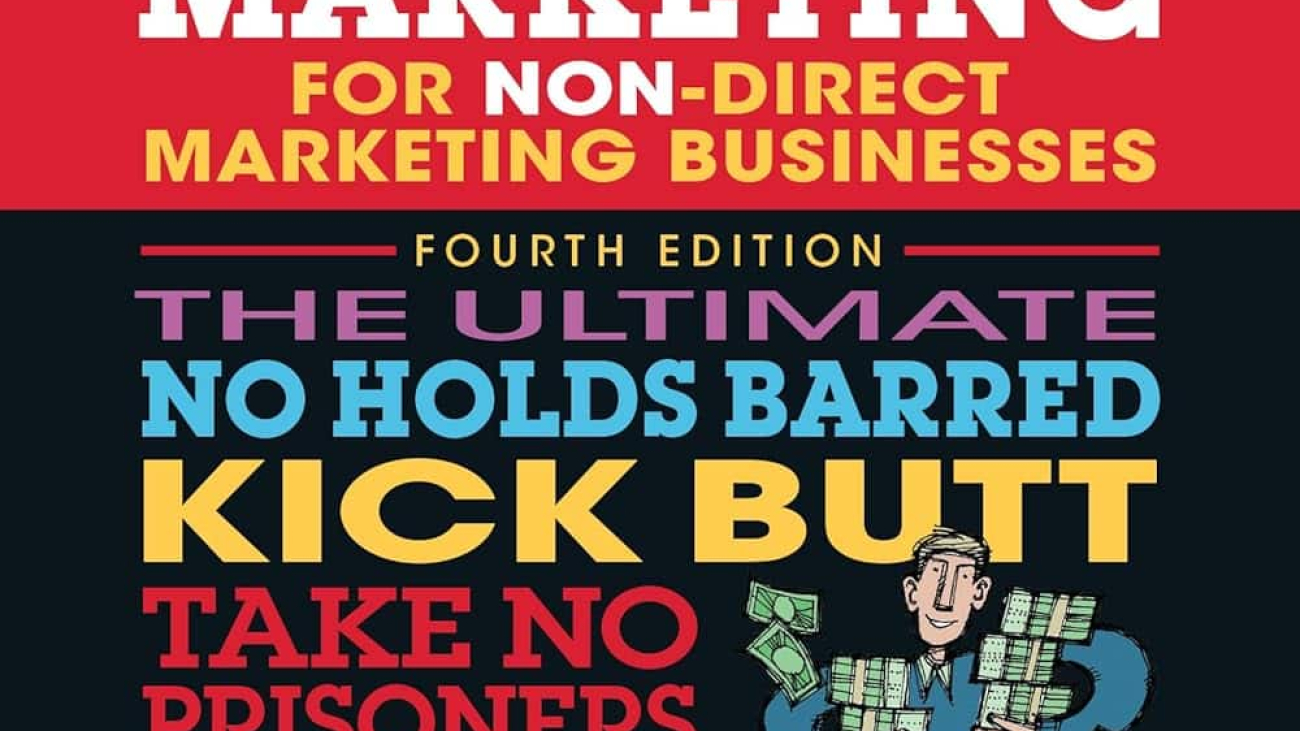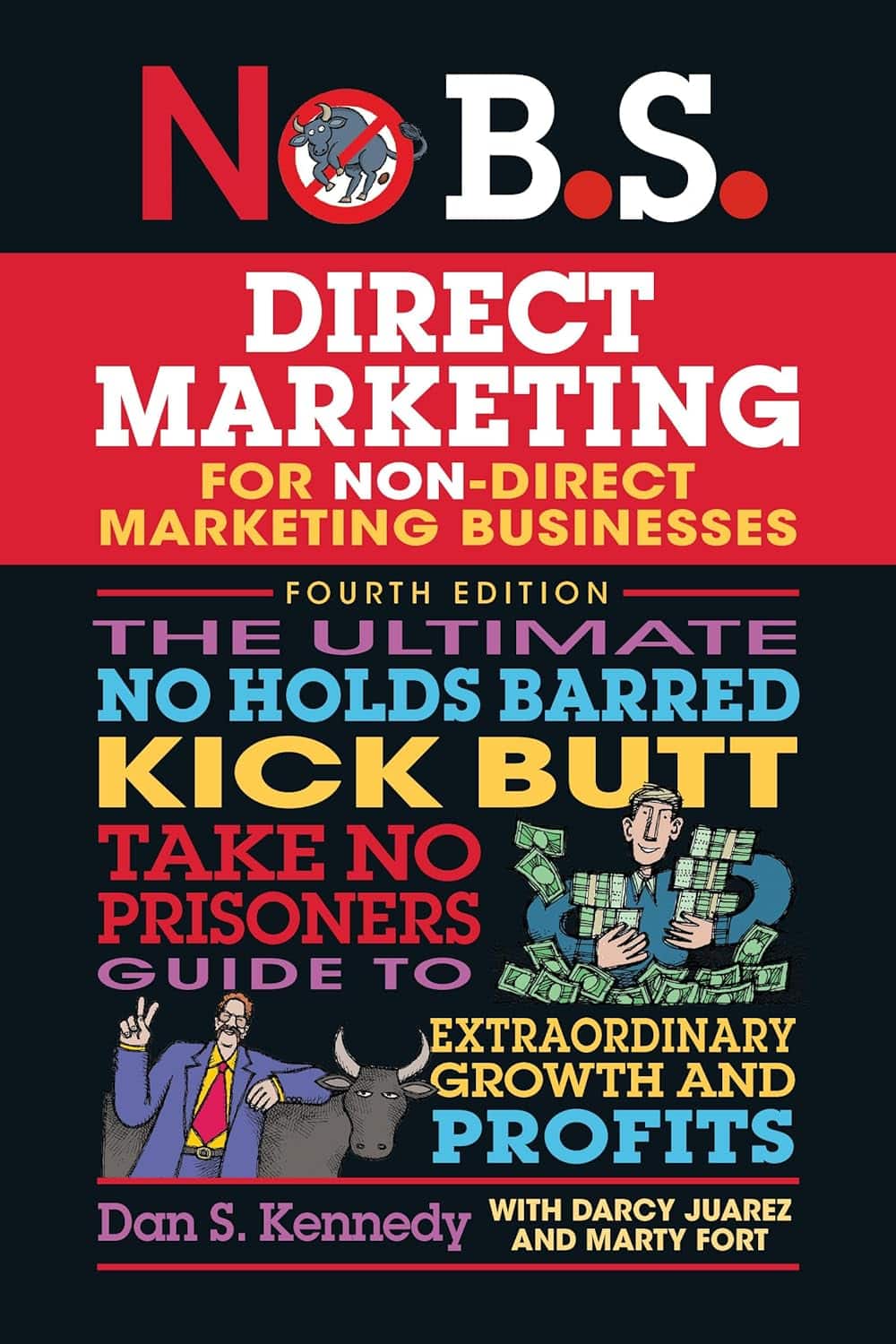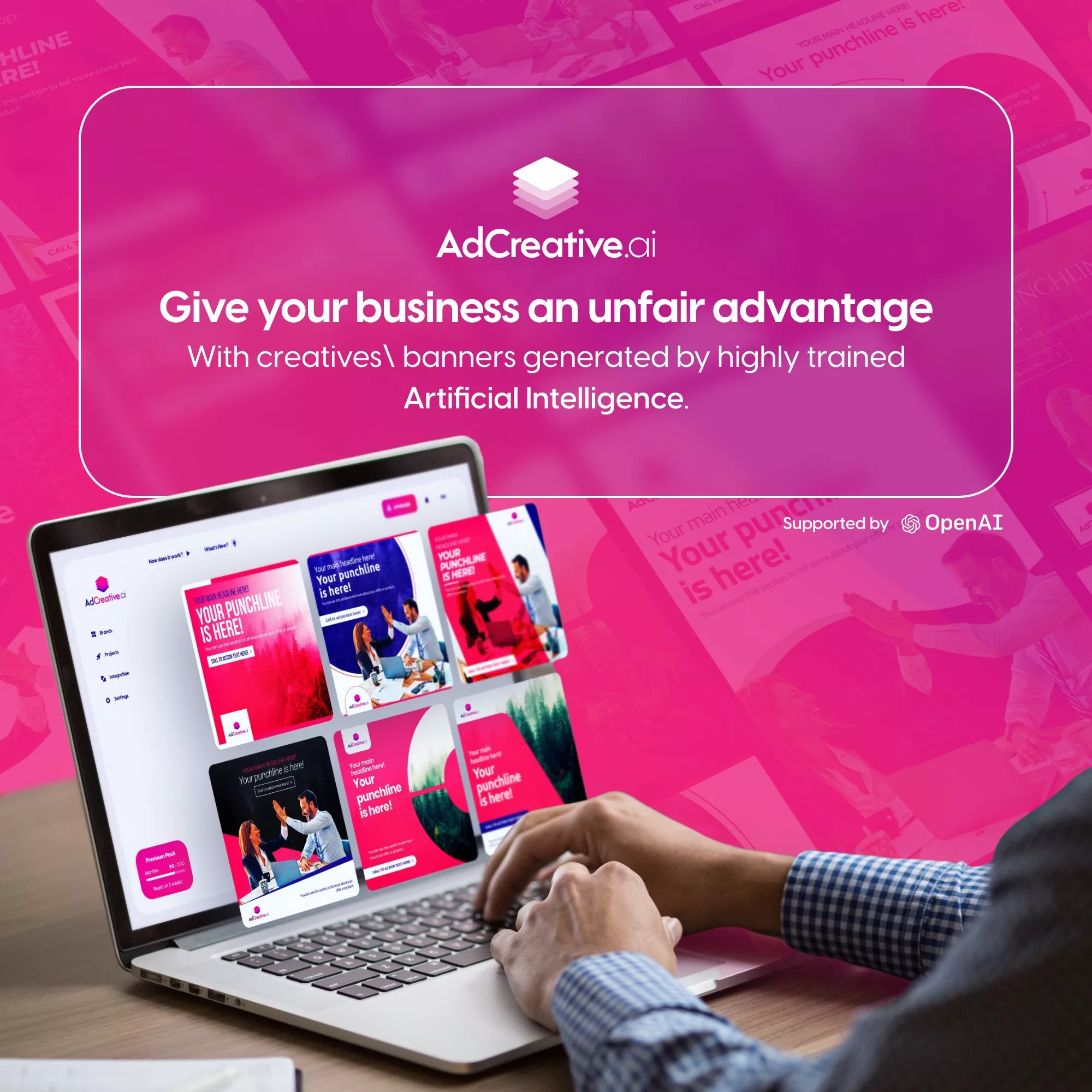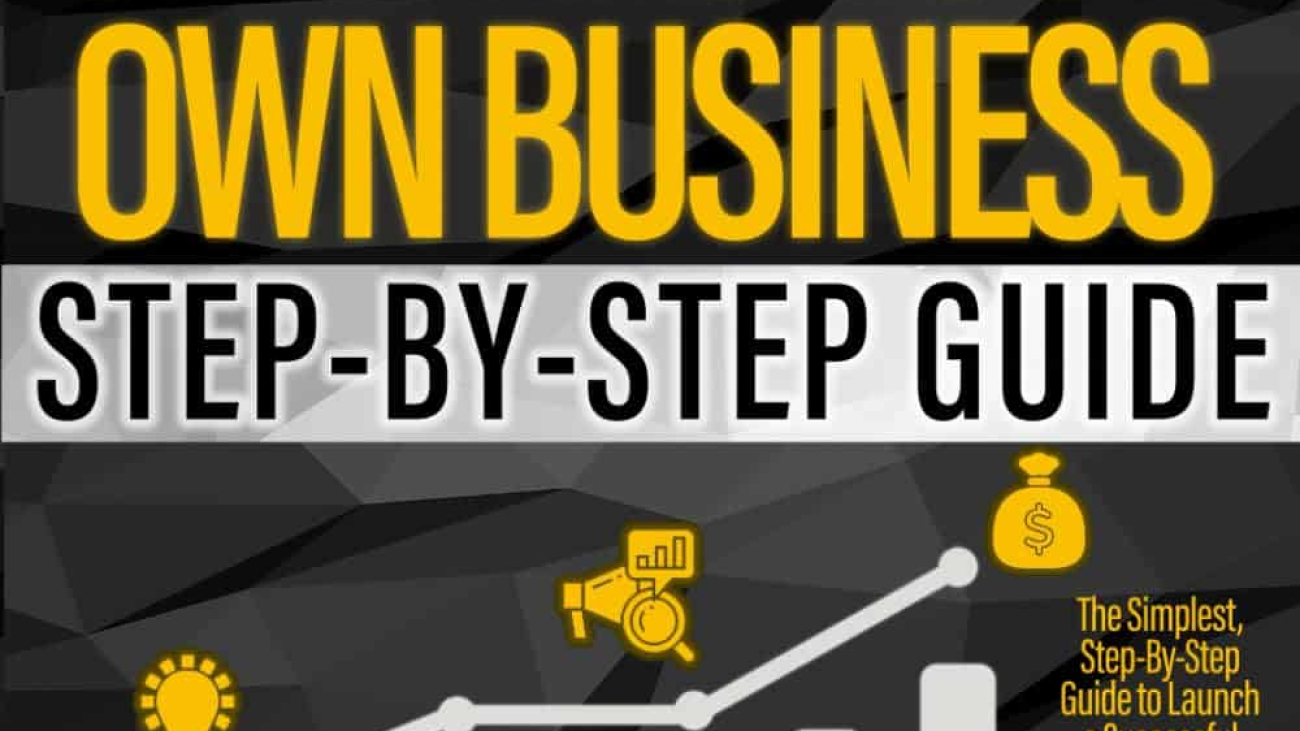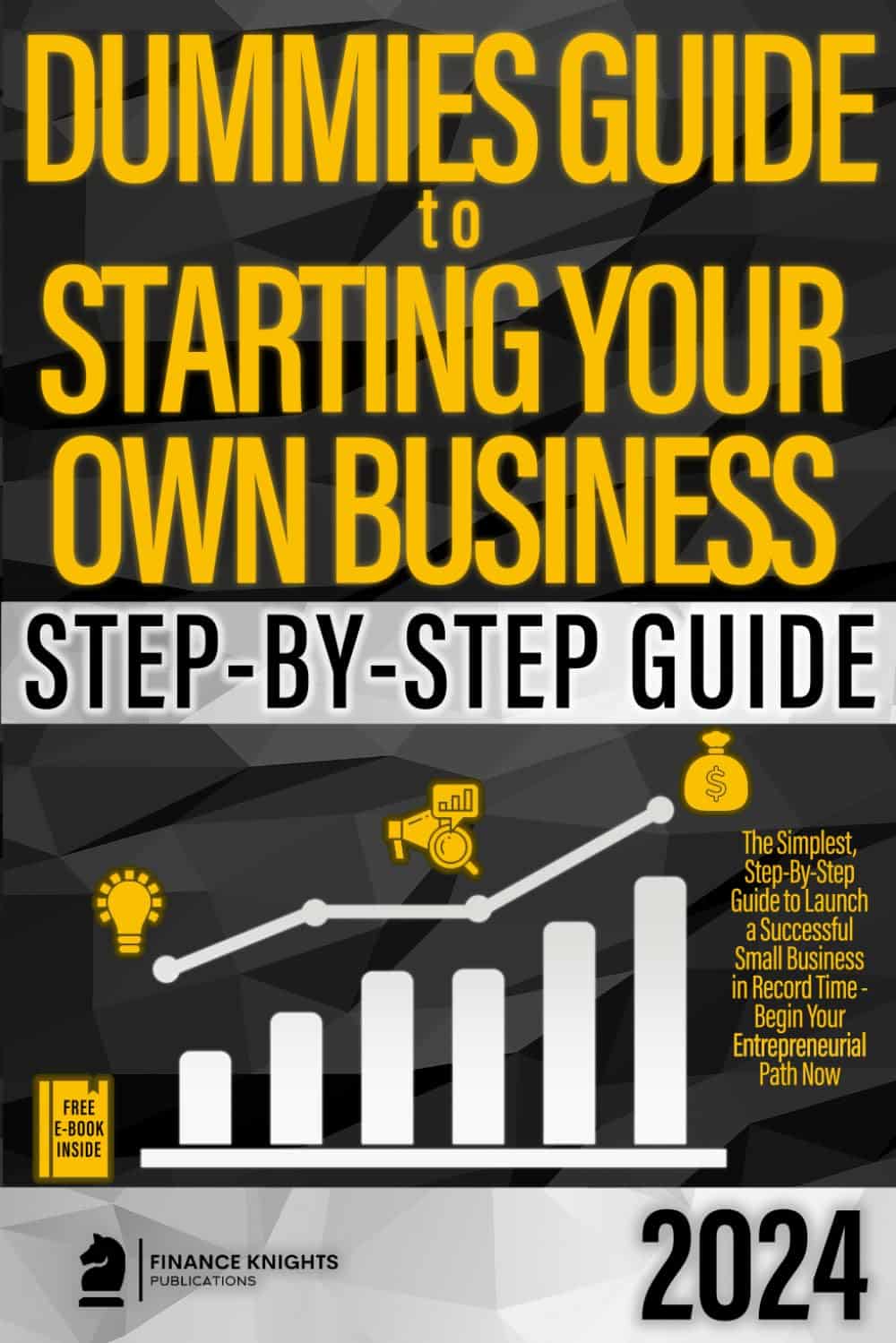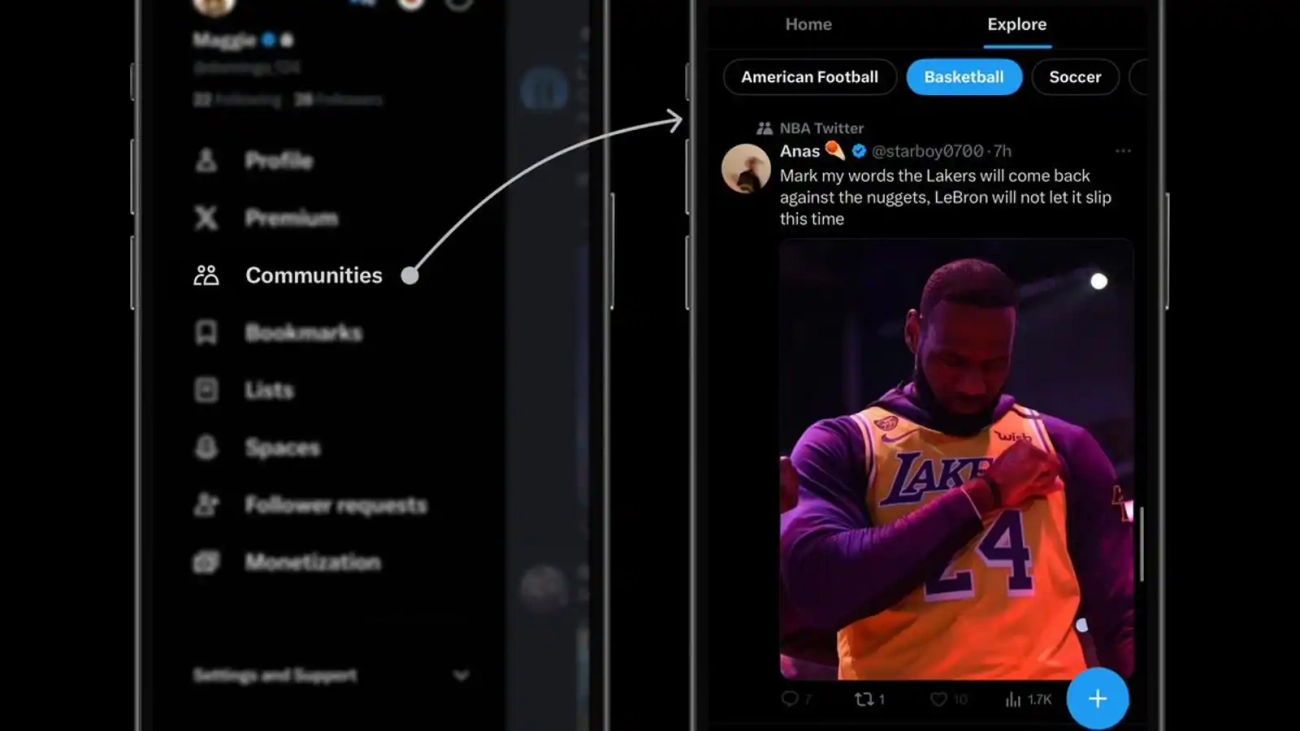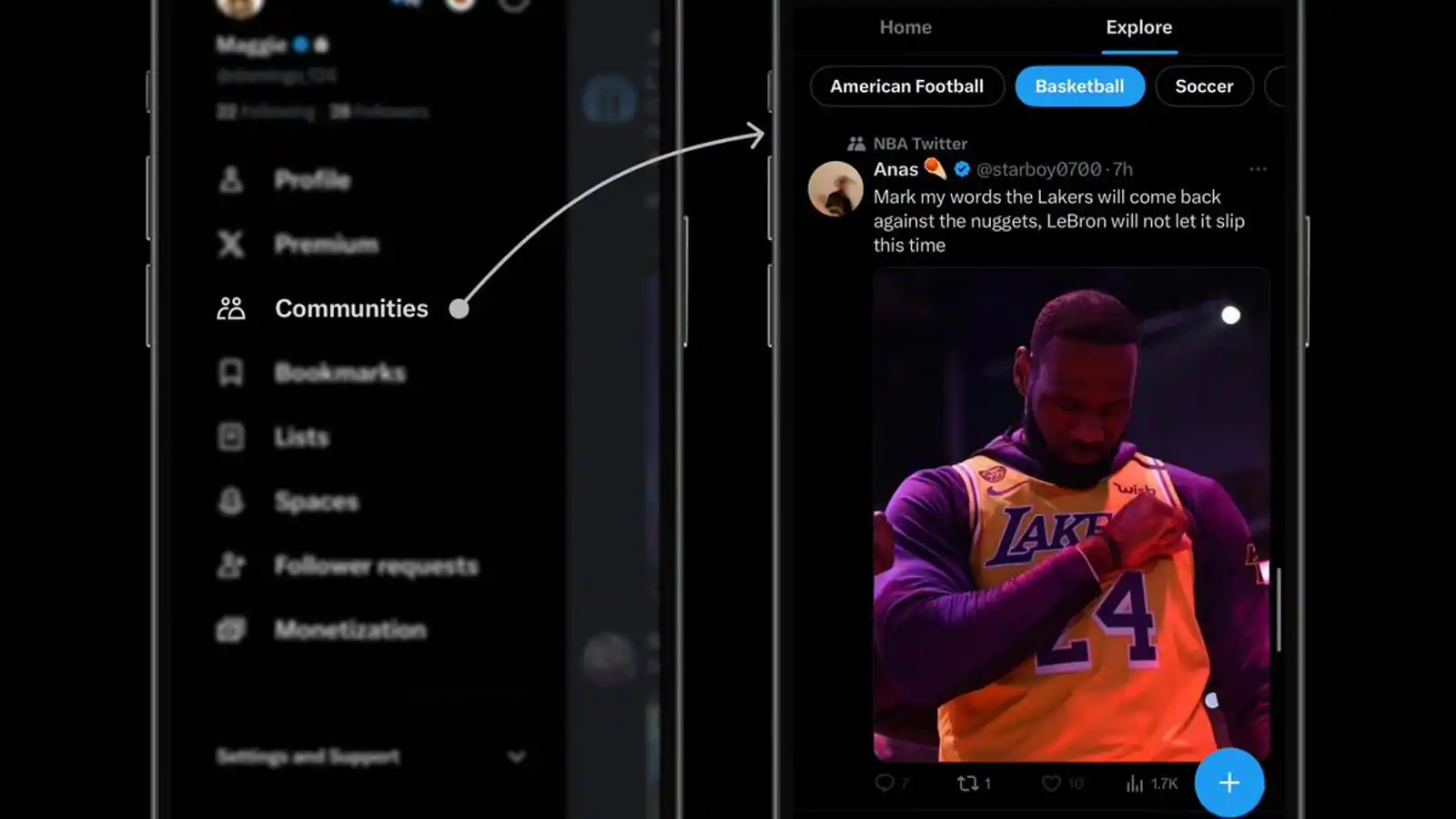Dan S. Kennedy’s “No B.S. Direct Marketing: The Ultimate No Holds Barred Kick Butt Take No Prisoners Guide to Extraordinary Growth and Profits” is a comprehensive guide to mastering direct marketing. This updated edition includes new strategies for online, social, and viral marketing, illustrated with real-life examples from successful consultants. The book provides essential tools for achieving significant business growth and profitability.
No B.S. Direct Marketing
The Millionaire Maker has done it once again! Dan S. Kennedy revisits little-known, profit-proven direct mail strategies that continue to be effective for ANY business. In this updated and revised edition of “No B.S. Direct Marketing,” Kennedy, along with coauthors Darcy Juarez and Marty Fort, builds on and reaffirms all the essential direct marketing strategies from the original edition. They also add new material addressing online, social, and viral marketing media. This guide is designed to help businesses of all types achieve extraordinary growth and profits through tested and proven marketing techniques.
Book Information
“No B.S. Direct Marketing: The Ultimate No Holds Barred Kick Butt Take No Prisoners Guide to Extraordinary Growth and Profits” by Dan S. Kennedy, Darcy Juarez, and Marty Fort is a comprehensive marketing manual. It explores direct mail strategies and integrates new approaches for online, social, and viral marketing. Illustrated with updated case history examples, the book showcases successful applications of these strategies in various business contexts.
Why People Like This Book
Proven Effectiveness: Readers prefer “No B.S. Direct Marketing” because it offers practical and profit-proven strategies. Dan S. Kennedy’s approach is based on decades of experience and success in the marketing field. The book’s strategies have been tested and refined, ensuring they deliver results.
Comprehensive Coverage: This updated edition not only covers traditional direct mail marketing but also expands into online, social, and viral marketing. This makes it relevant for modern businesses looking to leverage multiple channels for growth.
Real-Life Examples: The inclusion of case studies from successful consultants provides tangible proof of the strategies’ effectiveness. These examples help readers understand how to apply the techniques in their own businesses.
Features
- Direct Mail Strategies: Learn profit-proven techniques for creating effective direct mail campaigns.
- Online Marketing Integration: Discover how to apply direct marketing principles to online platforms.
- Social and Viral Media: Gain insights into leveraging social media and viral marketing for business growth.
- Case Histories: Updated examples from successful consultants illustrate real-world applications.
- Step-by-Step Guidance: Clear instructions on implementing each strategy for maximum impact.
Additional Features
- Marketing Psychology: Understand the psychological triggers that drive consumer behavior and how to use them in your campaigns.
- Copywriting Tips: Get expert advice on crafting compelling copy that converts.
- Lead Generation: Learn techniques for building and nurturing a robust pipeline of potential customers.
- Measurement and Optimization: Strategies for tracking the effectiveness of your marketing efforts and optimizing them for better results.
Other Users’ Opinions
Readers of “No B.S. Direct Marketing” consistently praise the book for its actionable advice and comprehensive coverage. Many have reported significant improvements in their marketing efforts and business growth after applying Kennedy’s strategies. The real-life case studies and practical tips are frequently highlighted as particularly valuable.
Final Verdict
“No B.S. Direct Marketing: The Ultimate No Holds Barred Kick Butt Take No Prisoners Guide to Extraordinary Growth and Profits” by Dan S. Kennedy is an indispensable resource for any business looking to enhance its marketing efforts. The book’s blend of traditional direct mail strategies and modern online techniques makes it a versatile tool for achieving substantial business growth and profitability.
Dan S. Kennedy’s “No B.S. Direct Marketing” offers a powerful combination of time-tested direct mail strategies and cutting-edge online marketing techniques. Whether you’re a small business owner or a seasoned marketer, this book provides the tools and insights needed to achieve extraordinary growth and profits.
See More Information and Buy on Amazon
Discover more about “No B.S. Direct Marketing: The Ultimate No Holds Barred Kick Butt Take No Prisoners Guide to Extraordinary Growth and Profits” and purchase your copy here on Amazon.
REVIEW: Sell or Be Sold: How to Get Your Way in Business and in Life – Transform Your Sales Skills
5 FAQs and Answers
What is the main focus of “No B.S. Direct Marketing”? The book focuses on providing practical, profit-proven strategies for direct mail and online marketing to achieve significant business growth and profits.
Is this book suitable for beginners in marketing? Yes, the book is designed to be accessible for beginners while offering advanced strategies for experienced marketers.
Does the book cover online marketing strategies? Yes, the updated edition includes new material on online, social, and viral marketing.
Are there real-life examples in the book? Absolutely. The book features updated case history examples from successful consultants to illustrate the effectiveness of the strategies.
Can the strategies in the book be applied to any type of business? Yes, the strategies are designed to be adaptable and can be applied to various types of businesses, including retail stores, restaurants, and sales.

